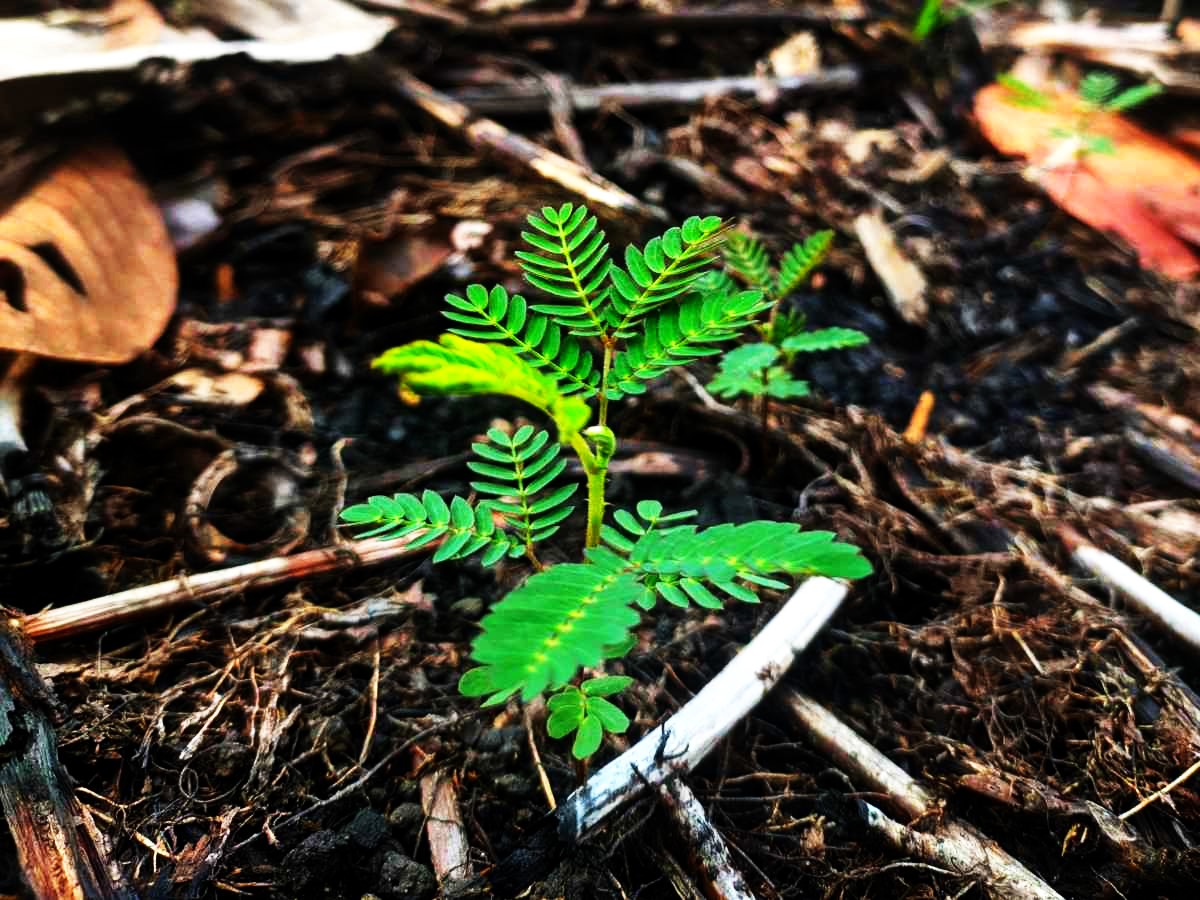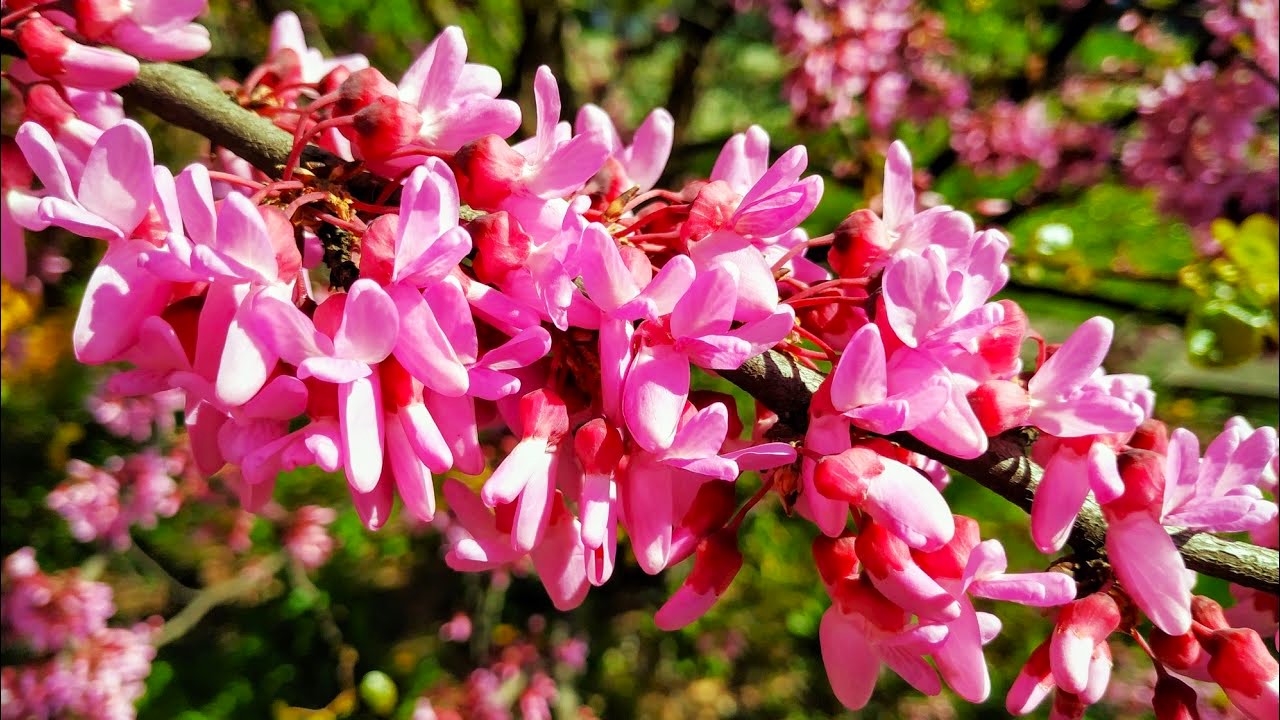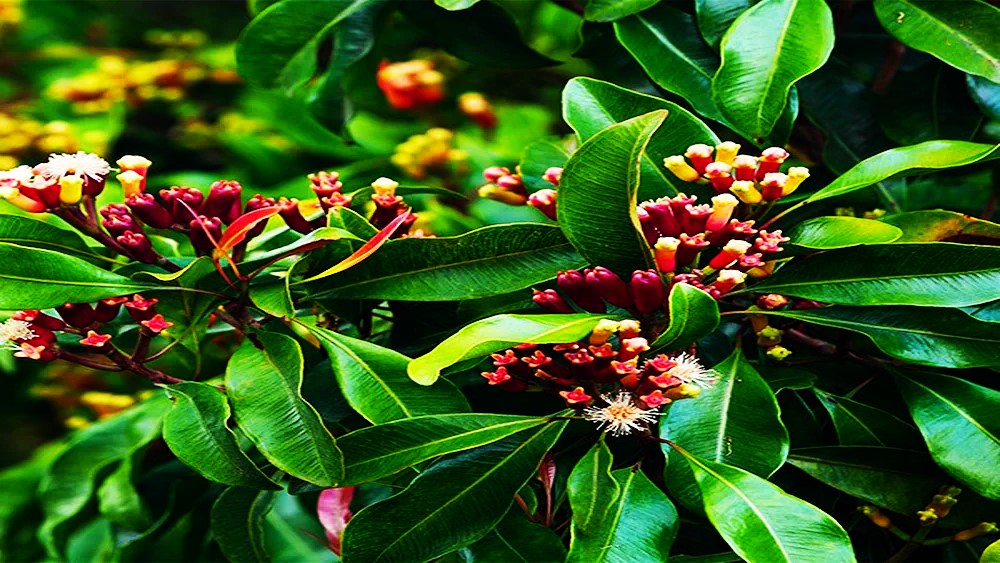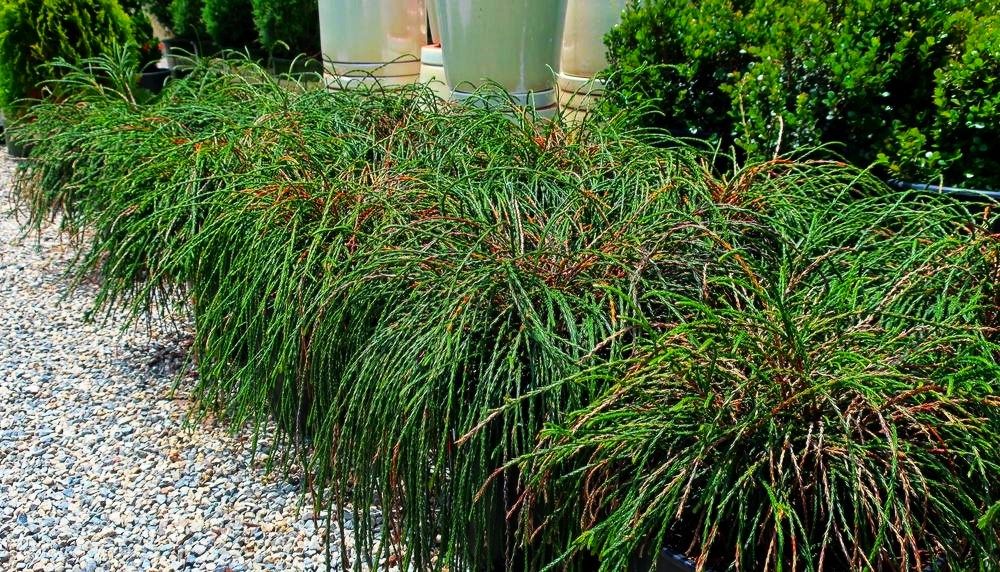Learn How to Propagate Acacia Trees and How to Grow New Acacia Trees

Warm climates are ideal for acacia trees and shrubs, which are primarily native to Australia and Africa. Although the genus contains many variations, acacias are generally beautiful plants with striking thorns and lovely yellow or white flowers. But what should you do if your goal in life is to attract more Acacias? To find out more about acacia reproduction and how to plant new acacia trees, continue reading.
Methods of Acacia Propagation
Acacias are typically propagated by seed. Large, recognizable seed pods that are difficult to miss are produced by acacias, and the seeds inside can typically be planted successfully. However, if you want to propagate a particular cultivar, this method might be problematic. Certain hybrid and cultivar seeds may not always develop as expected; for example, you may plant seeds from one parent that has a particular flower color or growth pattern, only to discover that the offspring is acting entirely differently. Because of this, if you’re working with a hybrid or specialized cultivar, propagating acacia trees from cuttings is a safer bet. Since cuttings are, in theory, the same plant as their parent, they will always grow true to type.
Methods for Growing Acacia Trees
Growing acacia trees from seed is a very simple process. If you watch closely, you can harvest the large pods just before they split open and turn brown on the tree. There is a hard coating on the seeds of many acacia species, which is naturally removed by bushfires. To remove this coating, cover the seeds with boiling water and let them soak for a full day.
Verify the type of seed you are using to determine the precise type of pre-treatment required. Following this, the seeds can be planted at a depth of roughly twice their thickness in standard potting mix. Within ten to twenty days, they ought to sprout. A piece of new growth that is three to four inches (7.5–10 cm) long is necessary for Acacia reproduction from cuttings. Late summer or early fall are the ideal seasons to accomplish this. Take off all the leaves from the cutting except the tips, then submerge it in high-quality potting soil. Cuttings usually take root more readily in a warm, humid space with indirect lighting. Depending on the species, cutting propagation has varying degrees of success.





